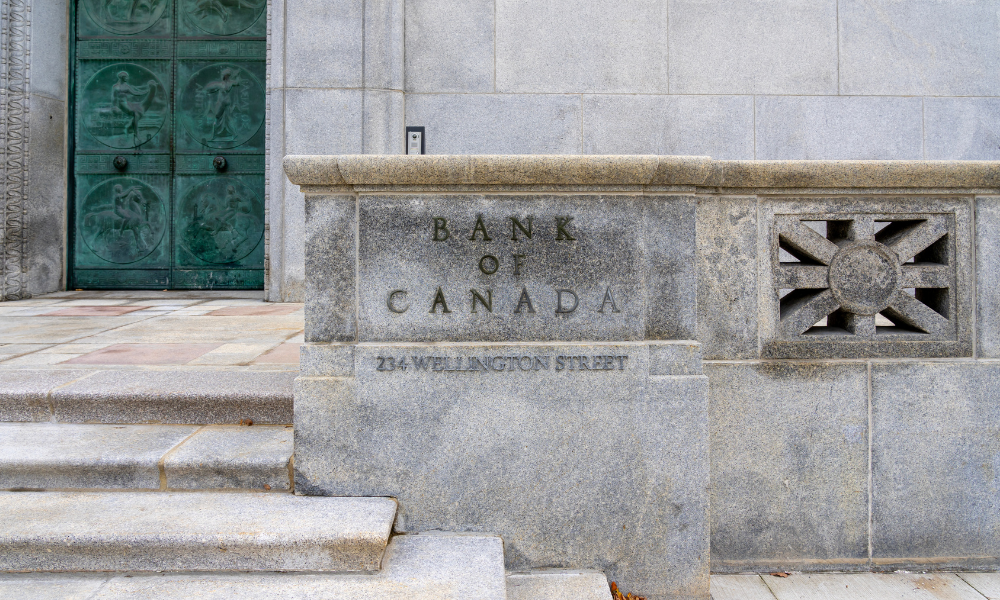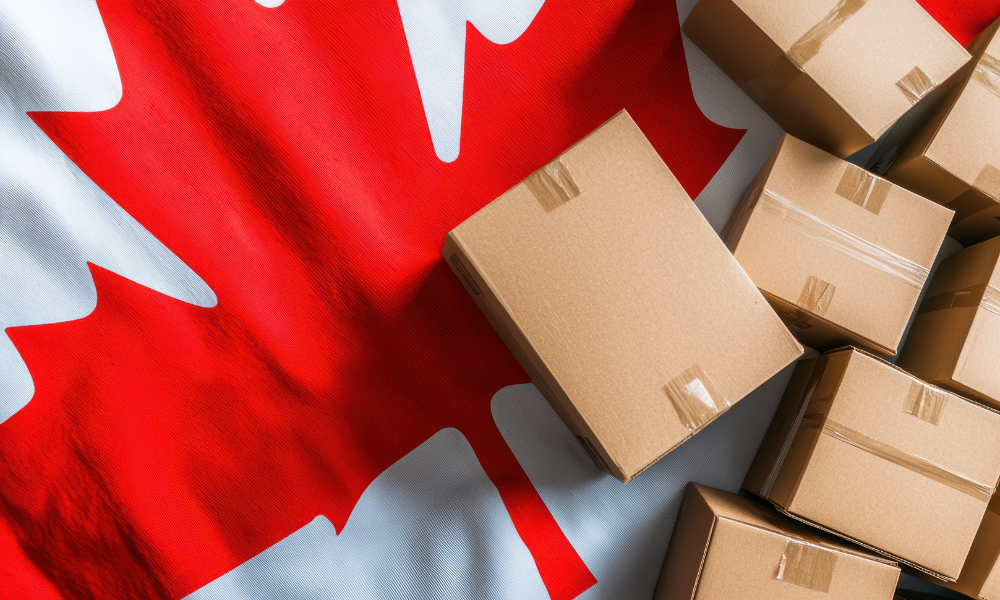Economists expect June CPI to rise, dampening hopes for a rate cut despite weak disinflation signs

Expectations for a July rate cut have faded as economists project an uptick in inflation and continued uncertainty over tariff impacts ahead of the Bank of Canada’s next interest rate decision.
Statistics Canada’s June consumer price index (CPI), set for release Tuesday, is expected to show the annual inflation rate rising to 1.9 percent from 1.7 percent in May, according to RBC and other economists.
Accoridng to The Canadian Press, BMO anticipates the rate will reach 2 percent.
CIBC forecasts a slightly lower 1.8 percent, attributing the rise largely to goods inflation, some of which may stem from Canada’s tariff dispute with the United States.
Claire Fan, senior economist at RBC, said she expects core inflation to remain stubborn near the top end of the Bank of Canada’s one to three percent target range, with food inflation continuing to drive prices higher.
CIBC’s Katherine Judge added that rental prices, particularly for vacant units, may temper shelter inflation but noted that recent declines in rent levels are not yet reflected in CPI data.
The upcoming inflation report will be the last key data point for the central bank before its July 30 interest rate decision.
Financial markets had priced in a 13 percent chance of a quarter-point cut as of last Friday, according to LSEG Data & Analytics.
That drop followed Statistics Canada’s unexpectedly strong June employment report showing a gain of 83,000 jobs, which Judge said will likely keep the central bank on hold until September.
As per RBC, core inflation indicators closely watched by the Bank of Canada — median CPI and trim CPI — are expected to show month-over-month increases of 0.2 percent, consistent with May, leaving annual rates unchanged and still above the two percent inflation target.
Nathan Janzen, assistant chief economist at RBC, said this indicates that underlying inflation remains elevated despite headline inflation softening earlier in the year.
According to the Financial Post, Monex’s head of macro research Nick Rees stated that “July easing bets of a cut priced by swap markets look too aggressive,” noting the lack of sufficient disinflation progress.
Meanwhile, the Bank of Canada has been closely monitoring tariff impacts in its inflation analysis.
Governor Tiff Macklem said last month that tariffs are key to inflation trends and noted “unusual volatility” in price data.
However, Janzen said it is likely too early for tariffs to have significantly affected June CPI figures.
He cited signs of rising food and automobile costs tied to retaliatory levies on US goods but noted that the broader impact remains muted.
According to Oxford Economics, 60 percent of US imports targeted by Canadian countermeasures are eligible for relief; RBC placed that figure at 86 percent.
Derek Holt, head of capital markets economics at the Bank of Nova Scotia, wrote that tariff effects may take multiple quarters to materialize.
He questioned the central bank’s emphasis on two months of CPI data ahead of the July decision and cautioned against pre-emptive policy changes.
“The competing effects of tariffs on Canadian inflation require vastly more than two lousy months of data to assess,” he said.
Uncertainty surrounding tariffs is heightened by escalating trade tensions with the US dairy industry.
According to The Globe and Mail, US President Donald Trump has threatened to impose a 35 percent tariff on Canadian goods starting August 1 unless Canada changes its import rules.
At issue is Canada’s allocation of tariff-rate quotas (TRQs) under the US-Mexico-Canada Agreement (USMCA), which grants import privileges mostly to domestic processors and distributors rather than retailers.
US dairy exporters and the Retail Council of Canada argue that this system favours domestic competitors and restricts product variety for consumers.
Shawna Morris of the US Dairy Export Council said processors lack incentive to import products that compete with their own, and that Canada’s rules are blocking US exporters from accessing the volumes negotiated in 2018.
Santo Ligotti of the Retail Council added that the government “always looks to favour producer interests over consumer interests.”
Canadian officials have maintained that they are not planning changes to the TRQ rules.
Jason Kung, spokesperson for Global Affairs Canada, stated the government is committed to defending supply management.
Panels ruling on past US challenges under USMCA have upheld Canada’s right to allocate quota licences at its discretion.
According to Agriculture and Agri-Food Canada, cumulative market access concessions for dairy under all trade agreements will eventually account for about 10 percent of domestic production.
Dairy Farmers of Canada estimates the figure closer to 18 percent. “That’s market share our farmers will never recover,” said the group’s president, David Wiens.
Although US dairy exports to Canada have grown from US$697.09m in 2016 to US$1.18bn in 2024, Morris said the US has not captured the market share it expected.
The TRQ fill rate is highest for high-demand items such as butter and cheese, but remains low for others, with licensing rules influencing the product mix.
The Bank of Canada, meanwhile, is relying on alternative sources such as business and consumer surveys to supplement its inflation analysis, as indicated in a recent speech by deputy governor Sharon Kozicki.
Fan said these surveys are valuable in understanding how businesses respond to tariff pressure and how that may translate to consumer prices.



